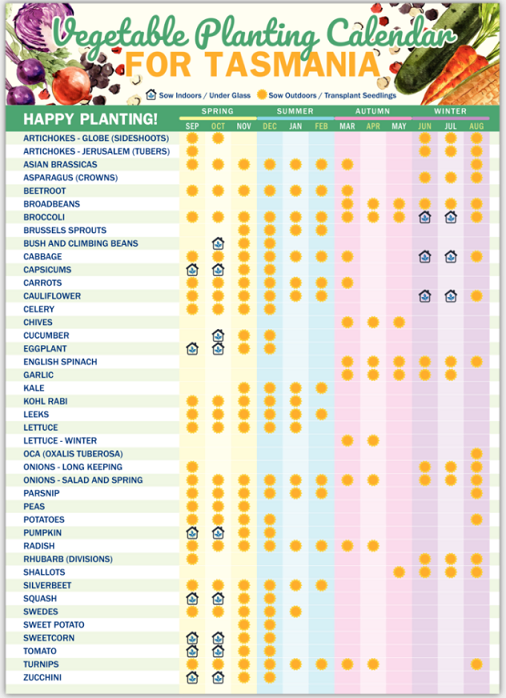Autumn is a busy time in the garden because this is when preparations for winter are necessary. Many plants need to be lifted, cleaned and dry stored until spring.
As large-flowered gladiolus finish blooming and begin to dry off, the fat bulb-like corms are best carefully dug out for storage. If left in the ground, most rot away in cold, wet winter soil.
Usually two large corms will have formed, each surrounded by dozens of pea-sized cormlets.
First, cut off all leaves without leaving a stump and allow to dry off. Separate the tiny cormlets and store in marked paper bags.
After being planted in spring they eventually develop into fine flowering plants, true to the mother plants.
Gladiolus corms must have every bit of loose, papery tunic material rubbed off and old, dead corms peeled away from beneath. This loose material is often infested with gladiolus thrips and must be destroyed.
Soak all corms for about an hour in half a bucket of water containing about 3-4 tablespoons of pyrethrum, then store under cover in a dry place.
Garden perennials are ornamental plants that grow and flower during spring, summer and autumn.
Most die back to ground level in late autumn then sprout into new growth in spring.
Autumn is a perfect time to divide up and replant healthy divisions, the healthiest and most vigorous of which can usually be found around the outsides of old clumps.
New divisions can be replanted into fresh garden soil or potted up.
Suitable perennials include delphiniums, asters, filipendula, astilbe, perennial salvia, herbaceous peony, speedwell, monkshood, daylily, campanula, Shasta daisy and erigeron.
Most late-winter and spring-flowering bulbous plants can go in now.
Summer flowering liliums and amaryllis are best left in well-drained soil.
Some bulbs, including lachenalia, crocus, snowdrops and grape hyacinth deteriorate and die if kept out of the ground too long.
Tulip and large-flowered hyacinth bulbs produce long-stemmed blooms if given a month-long dry chilling in a refrigerator before being planted out in May.
All other bulbs and corms, especially daffodils, jonquils, bluebells, anemone, ixia, freesia and ranunculus should go in immediately. Old clumps of bearded iris can be divided and exhausted rhizomes discarded.
This job is normally carried out in November as the flowers fade to ensure successful blooms the following spring. However, bearded iris clumps can be divided now but leave long roots untrimmed.
Leaves can be cut back to form a short fan and new divisions must be planted with the top of each rhizome is exposed to the sun while long roots are spread widely and buried deeply.

Most dahlia tubers rot if left in the ground during winter. As flowers wither and foliage starts to lose vigour carefully lift tuber clusters and blast off all soil with the hose.
Cut away all leaves and stems to leave about 15cm above each cluster of tubers and tie an identifying label to one of them. Store under cover to avoid frost damage. Clumps can be covered with moist sand to prevent shrinkage while deterring slugs and snails.
When tubers begin to shoot in spring, clumps are divided into separate tubers for bigger, better flowers.
Most summer and autumn flowering shrubs and trees can be pruned as flowers fade. This gives almost a year for new healthy flowering wood to form on sturdier plants.
Examples include buddleia, hypericum, abelia, hydrangea, early flowering fuchsias and easy-bleed trees such as maple, silver birch and walnut.
Buddleia plants can be pruned hard — even removing up to two-thirds of the growth.
Abelia and hypericum branches can be thinned, dead wood removed and the rest cut back by about a third.
Fuchsias are pruned by removing the oldest branches and cutting back new growth by a third — always after flowering.
Mop-head hydrangeas are pruned in early winter by cutting old branches back almost to the ground and then pruning young canes back to just above a pair of fat, healthy buds.
Panicle hydrangeas are pruned by cutting back all branches to just a few centimetres above the ground, leaving just a cluster of short stumps.
Hippeastrums and tuberous begonias need a period of dry rest.
When leaves and stems wilt and turn yellow by late autumn, potting soils are allowed to become bone dry.
If mistakenly watered, hippeastrums continue to produce new leaves but fail to flower in spring.
Begonia tubers rot when potting soil remains wet during winter.
-----------------------------------------------------------------------
Check out our Tasmanian Planting Calendar Fridge Magnet – A5 size only

A year-round guide for when to plant your veggies in Tasmania. Never lose your planting guide again with a convenient fridge magnet for secure attachment to any metal surface. This growing guide has been tried and tested by some of the best Gardener’s in Tasmania, and is specifically adapted to the Tasmanian climate.
Excellent Gift for any Tasmanian you know with green thumbs and who likes Peter Cundall as much as i do!
Make sure you follow the calendar and you will have a successful year of growing vegetables in Tasmania.
Price includes FREE SHIPPING Australia wide. BUY HERE